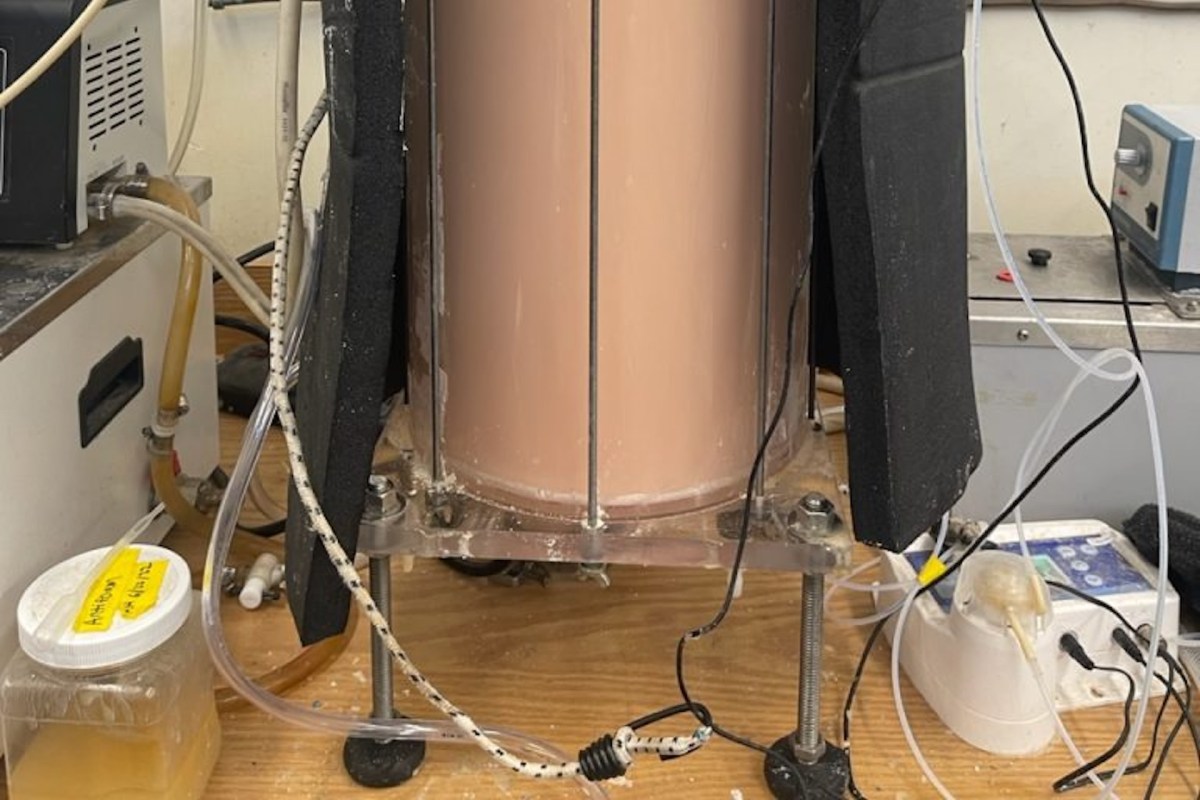Say cheese. The dairy industry and a research team from UC Davis have a lot to smile about. They have found a way to turn a cheese byproduct into a type of bioplastic that is biodegradable, compostable, and versatile.
If we continue at the rate we are going, experts expect global plastic production to triple by 2060 and estimate that by 2050, there could be more plastic than fish in the ocean. The material wreaks havoc on health and ecosystems, the full extent to which is still unknown.
In response to the growing problem, Ruihong Zhang, a professor in the Department of Biological and Agricultural Engineering at UC Davis, is developing an environmentally friendly technology to help with the issue.
Zhang's recent research has focused on using microorganisms to produce PHAs (polyhydroxyalkanoates) at a low cost from dairy byproducts. Since the PHAs are biologically made, they are non-toxic and can biodegrade in land and ocean environments. This could reduce the amount of new plastic pollution in the environment.
In 2021, Zhang received a grant "to design the processes and system for commercial application," Zhang said.
"The grant also opened the path to develop collaborations with the dairy industry that led to receiving funds from the Dairy Management Inc. and California Milk Advisory Board," she said further.
Aside from plastic pollution, methane from dairy farms and agriculture is a main driver of Earth's overheating, so it makes sense for the two to team up to help keep the world a cooler place.
The Cool Down spoke with Bill Graves, senior vice president of product science at Dairy Management Inc. (DMI), about the process and its implications for the future. Graves works at Dairy Management to spur innovation in the dairy industry and is working on about 60 projects.
PHA has a wide range of applications, such as films, rigid packaging, single-use items like straws, utensils, and compostable bags, cosmetics, and biomedicine. However, the traditional raw materials used to make it can be pricey, which limits the amount produced.
This is where we can all say cheese and smile. As Graves explained, a byproduct of making cheese called whey permeate — a liquid waste usually discarded or used as animal feed — can be used to make PHAs.
For every 10 pounds of milk, you get about 1 pound of cheese, and the rest is whey, which totals billions of pounds annually. Graves further explained that the dairy industry has a rich history of sustainability and operates with "the purpose of making sure that they use every drop of dairy."
Toward this goal, DMI was happy to invest in Zhang's research and efforts to overcome the current hurdle of making the process cost-effective at scale.
"These biodegradable plastics are already being used for a variety of applications," Zhang said, "but the quantity is still small as they are expensive, and that's where my research comes in so we can produce PHAs at a competitive cost through a new process and technology."
Graves said of PHA's future, "We see all kinds of applications well beyond consumer packaging."
He said it would not be possible without the brilliant innovators across the universities doing such good work on behalf of dairy farmers, the dairy farmers for providing the resources to make this happen, and the DMI product research team.
"We're just excited about the possibilities of the future," Graves told The Cool Down. "We're on the start of the journey."
Everyone can agree that eliminating waste with waste is a real win-win.
Editor's note: An earlier version of this article stated 1 ounce of cheese from 10 pounds of milk. It has been updated to the intended figure of 1 pound of cheese.
Join our free newsletter for weekly updates on the coolest innovations improving our lives and saving our planet.









